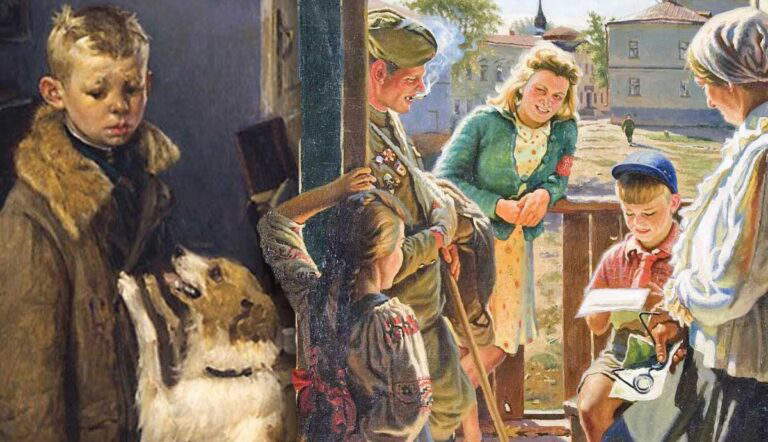- Ancient History
- History
- Medieval History
- American History
- Latin and South American History
- European History
- World History
- Art and Artists
- Renaissance Art
- 17th-19th Century Art
- Modern and Contemporary Art
- Artists
- Ancient and Modern Philosophy
- Travel and Culture
- Interviews
- Religion
- Answers
- Stories
- Collecting Art
- Film and Cinematic Artistry
- News
- Free Historical Maps and Infographics
Explore the artistic revolutions of Modern & Contemporary Art that have redefined boundaries, mediums, and perceptions of art in our modern age.
Neo-Expressionists embraced the imperfections of both painting and the world around them, choosing subjective emotional outbursts over conventional forms of beauty.
As a painter working during the Civil Rights Movement era, Sam Gilliam often faced criticism for avoiding direct political struggle.
Jean-Michel Basquiat rose to fame almost instantly. Many of the artist’s friends believed that such a rapid transformation did not bring him peace.
Optical illusion art was born in the 1960s out of perceptual experiments in deceiving the eye.
Henri de Toulouse-Lautrec’s posters were catalogs of the most famous performers of his time and precursors to the Pop Art movement.
Apart from painting, Henri de Toulouse-Lautrec enjoyed studying and collecting Japanese art.
Soviet Socialist Realism transformed over time, turning from modernist influences in the 1920s to realistic conservatism of the 1950s.
Picasso’s famous works combined influences taken from Rembrandt van Rijn, Antiquity, African art, and radical modernism.











